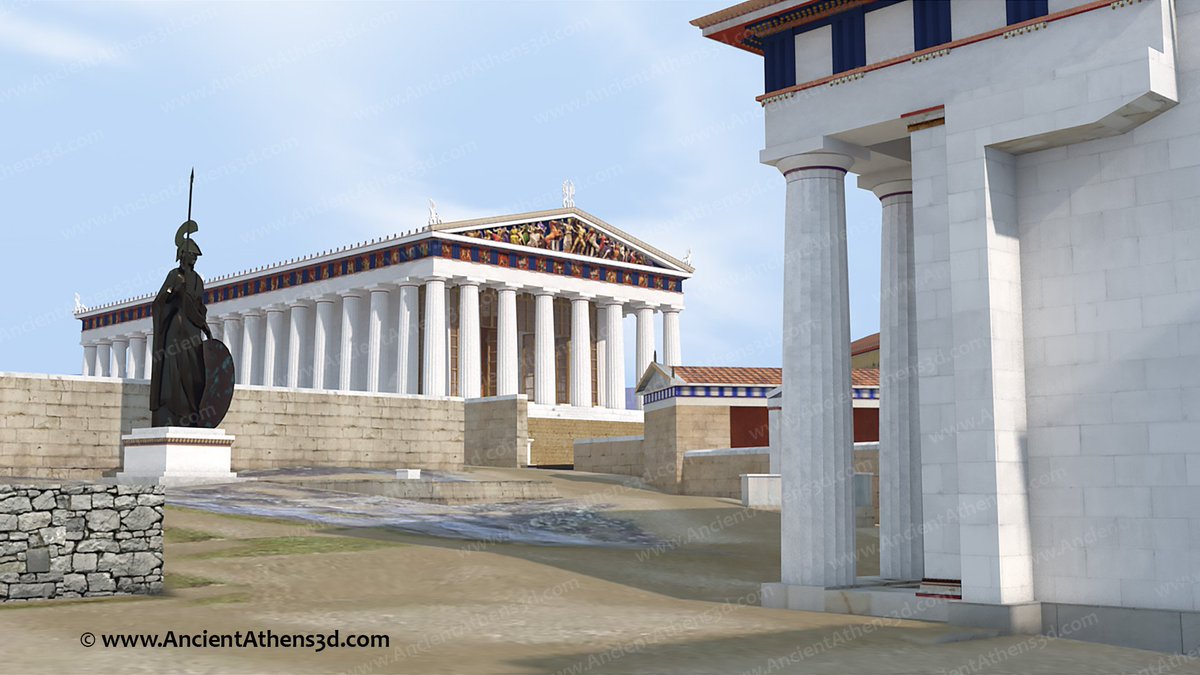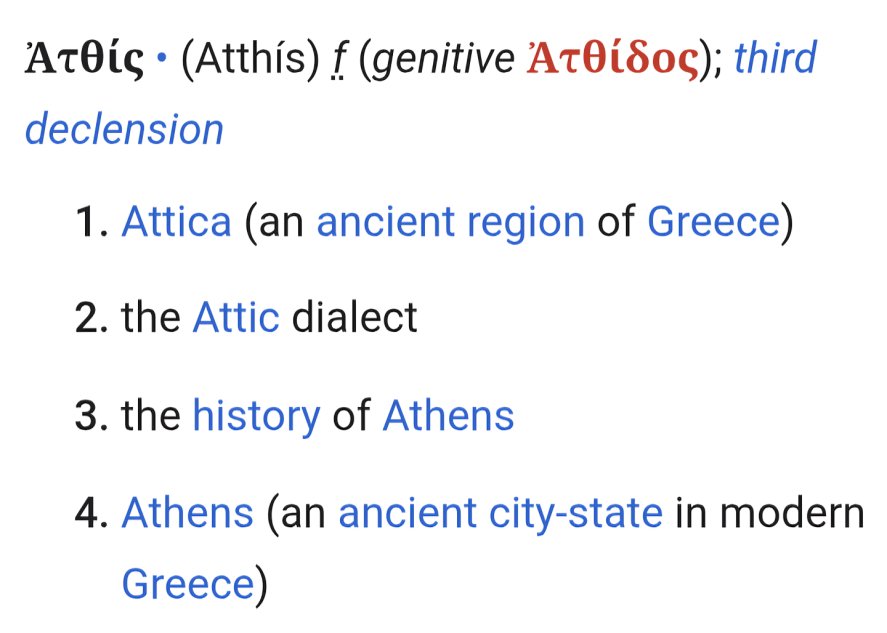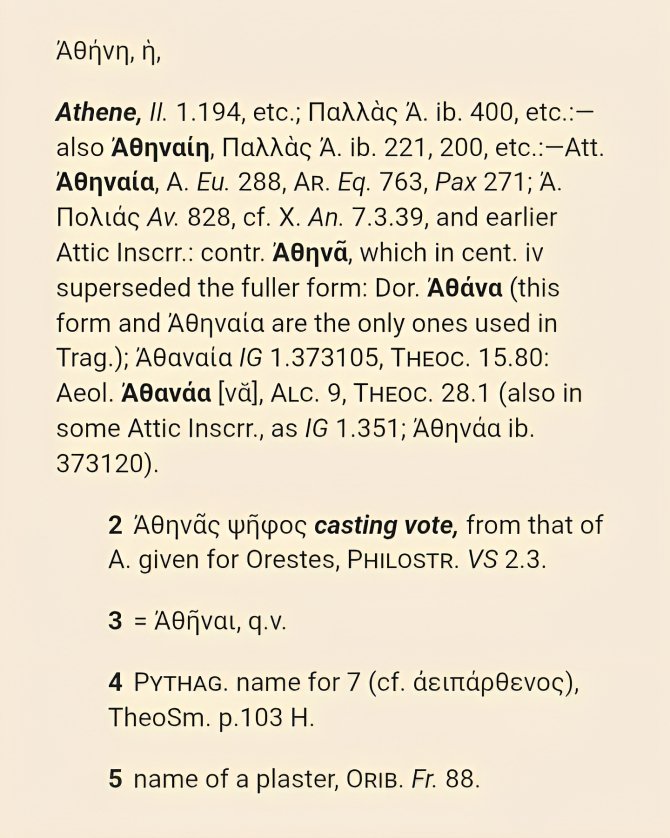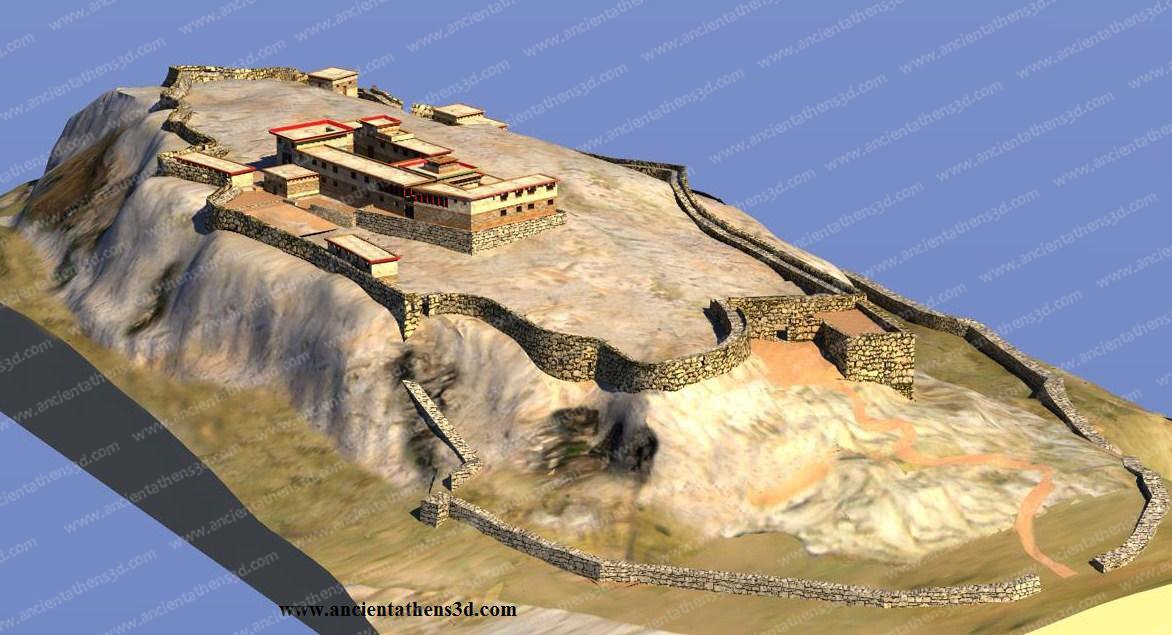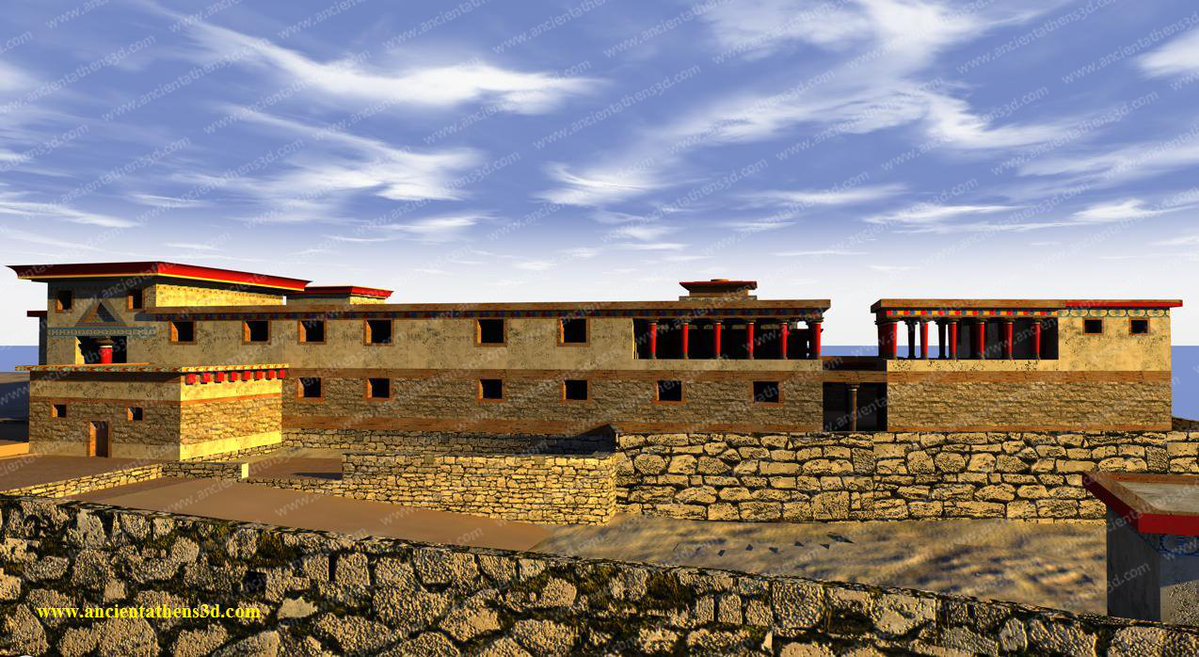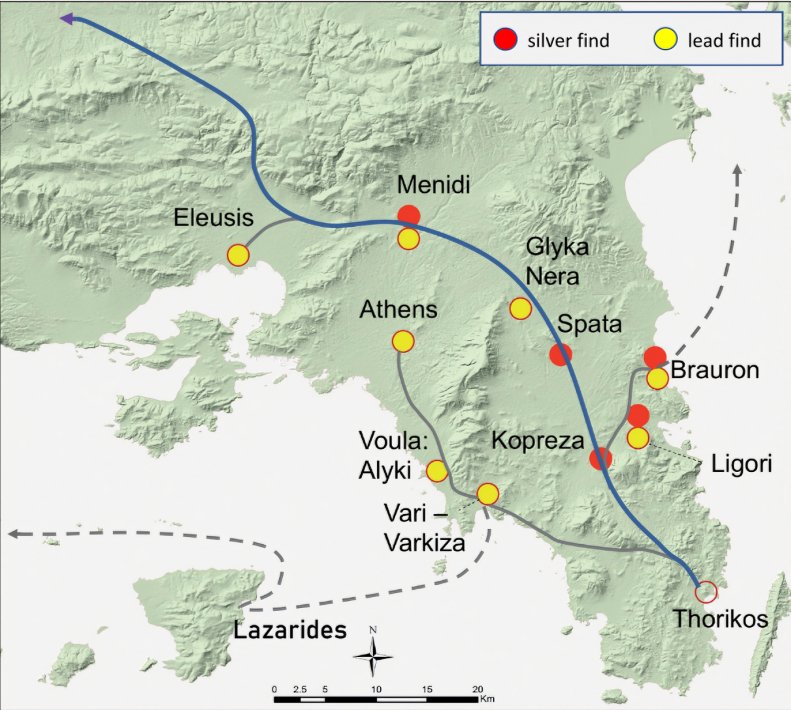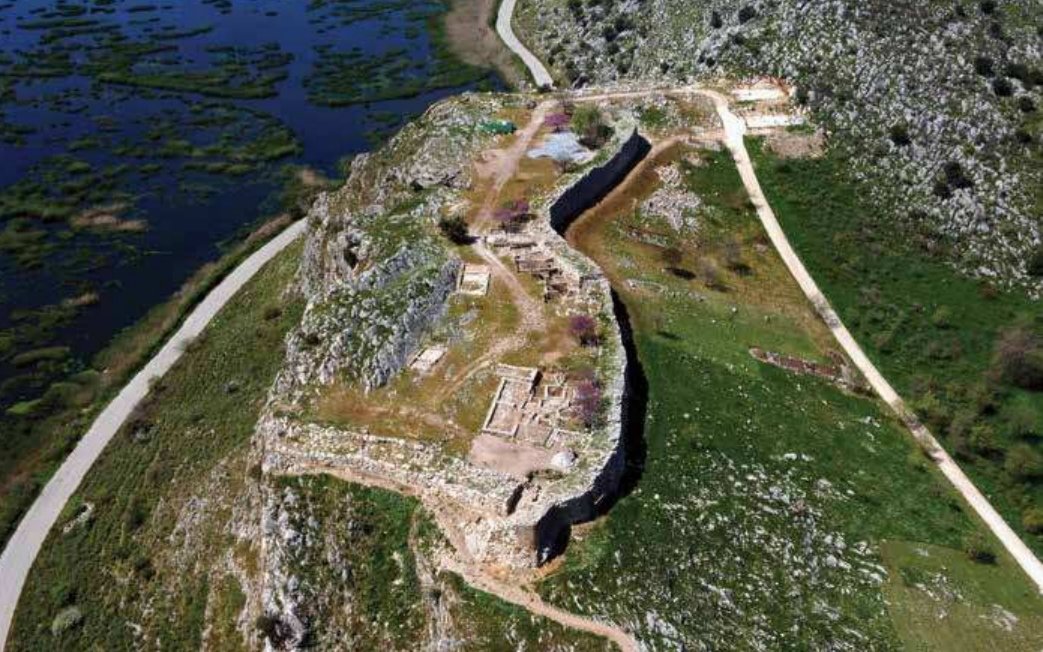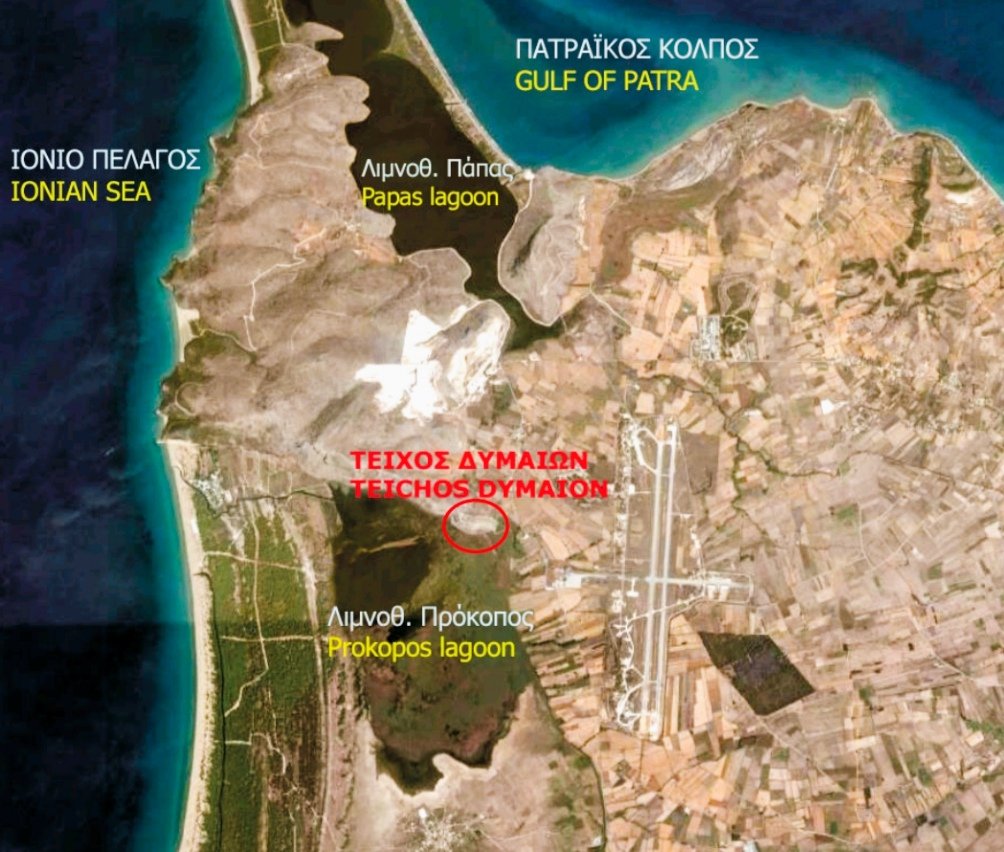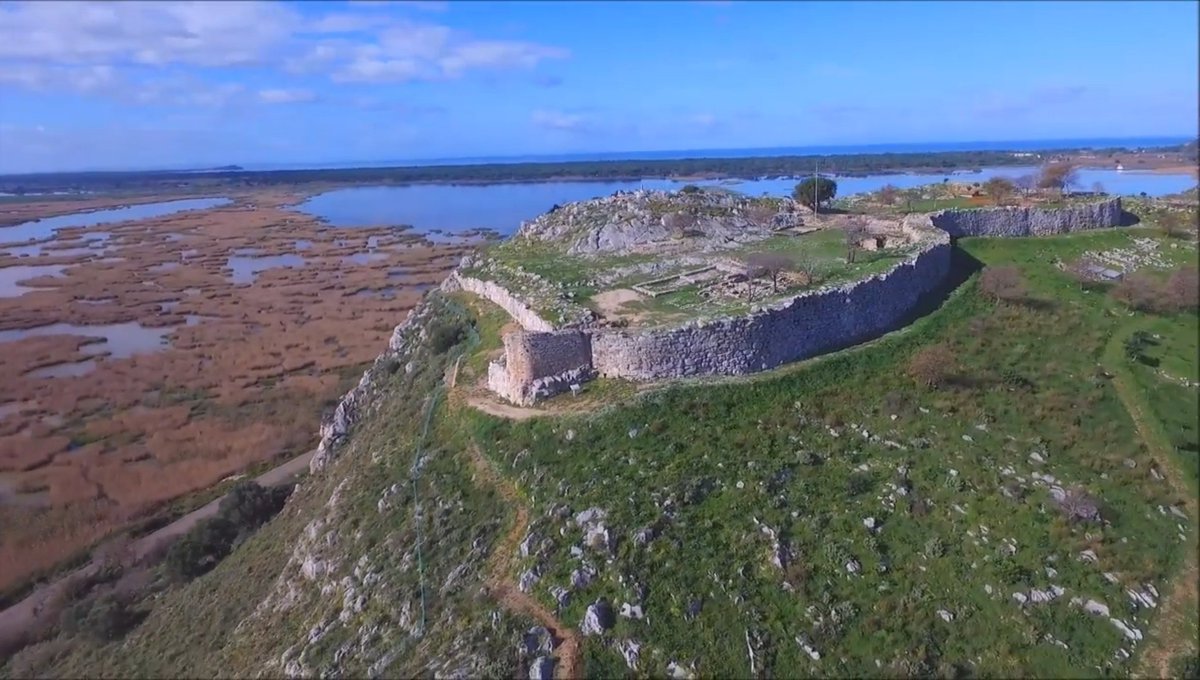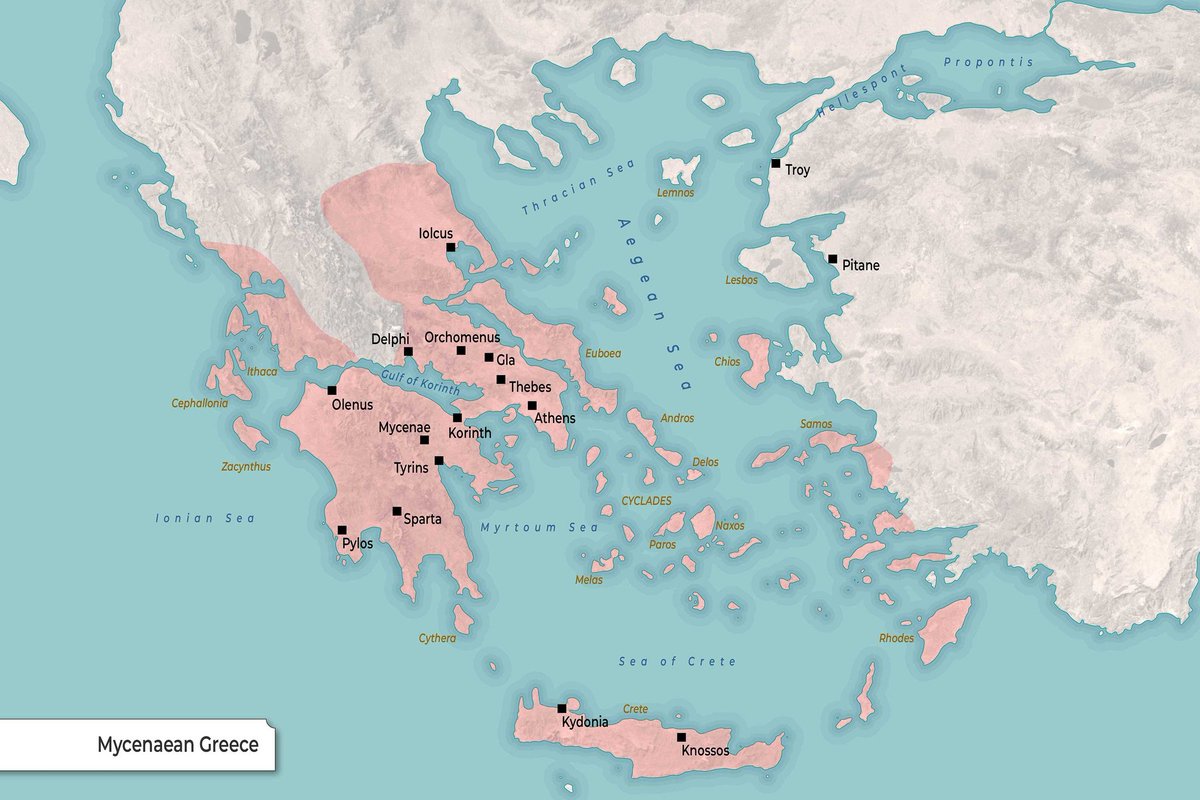1/ At the beginning of the 12th century BC, population groups, mainly of Aegean origin, are forcibly settled in the coastal zone of southern Canaan. They probably came from the sea, having firstly participated in the failed invasion of the Sea Peoples in the Nile Delta. 

2/ The warlike character of these groups contributed to their dominance over the local Canaanite population and their superiority over neighboring population groups, such as the Israelites, who gave them the ethnonym Pelistim, while the area they occupied was called Pəlešeṯ. 

3/Studies have proven that their initial population amounted to a few thousand with the consequence that they mixed through intermarriage with the local Canaanite population element and gradually integrated fully into the Canaanite cultural ensemble (e.g. the consumption of pork) 

4/ Around the same period, the Israelites, after several palinodes, cut themselves off from the Canaanite cultural group and created a distinct ethnic group whose main characteristic was the exclusive worship of the Canaanite god Yahweh, around which the nation of Israel rallied. 

5/ In the 8th century BC the Philistines disappear from the historical events of the region, but they leave as a legacy the toponym Philistia. So, Herodotus tells us that a wider region between Phoenicia and Egypt is called Palaistinê (Συρίη ἡ Παλαιστίνη καλεομένη). 

6/ The specific term passes from the Ancient Greeks to the Romans who, for their own political reasons, rename the Provincia Iudaea to Syria Palaestina (135 AD). The term Palestine remains both from the Byzantines and from the Arabs (7th century AD onwards). 

7/ With the Arab conquest, the Arabization of the region begins, with modern genetic studies showing that the Palestinian Arabs have nothing to do with the Philistines who came from Southern Europe, and who nevertheless left an indelible print on this region. 

• • •
Missing some Tweet in this thread? You can try to
force a refresh





